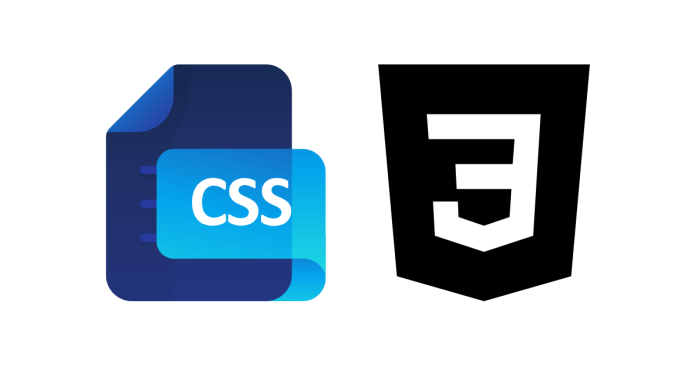As of now, CSS does not have a dedicated parent selector that directly selects a parent element based on its child. CSS traditionally only allows for downward traversal in the DOM hierarchy (e.g., selecting children, descendants, or siblings of an element).
However, there are some workarounds and upcoming CSS features that allow limited parent-related behavior:
1. CSS :has() Selector (Parent-Like Behavior)
The :has() pseudo-class introduced in CSS4 Selectors behaves somewhat like a parent selector. It allows you to style a parent element based on its child.
Example:
/* Select a div that contains a child with the class 'child' */
div:has(.child) {
background-color: lightblue;
}
Browser Support:
- As of 2025, the
:has()pseudo-class is supported in most modern browsers like Chrome, Edge, and Safari. However, Firefox support might still be experimental or require enabling certain flags. Always check compatibility for your target audience.
2. JavaScript Alternative for Parent Selection
If CSS alone does not suffice, JavaScript can help with parent-based styling. For example:
Example:
document.querySelectorAll('.child').forEach(child => {
child.parentElement.style.backgroundColor = 'lightblue';
});
This applies styling to the parent element of every .child.
3. Use of Inherited Properties
Some CSS properties (like color, font-family, etc.) naturally inherit their values from parent elements. This can sometimes reduce the need for explicitly selecting parents.
Example:
.parent {
color: red;
}
.child {
/* Inherits color from parent */
font-size: 14px;
}
4. The :focus-within Pseudo-Class
The :focus-within pseudo-class allows you to style a parent element if any of its children receive focus.
Example:
/* Style the parent when any child inside it is focused */
.form-group:focus-within {
border: 2px solid blue;
}
Conclusion
While CSS does not have a straightforward parent selector, :has() provides a powerful new tool for styling parent elements based on their children. For broader or unsupported use cases, combining CSS with JavaScript is still the best option. Always check browser support when using newer CSS features like :has().


